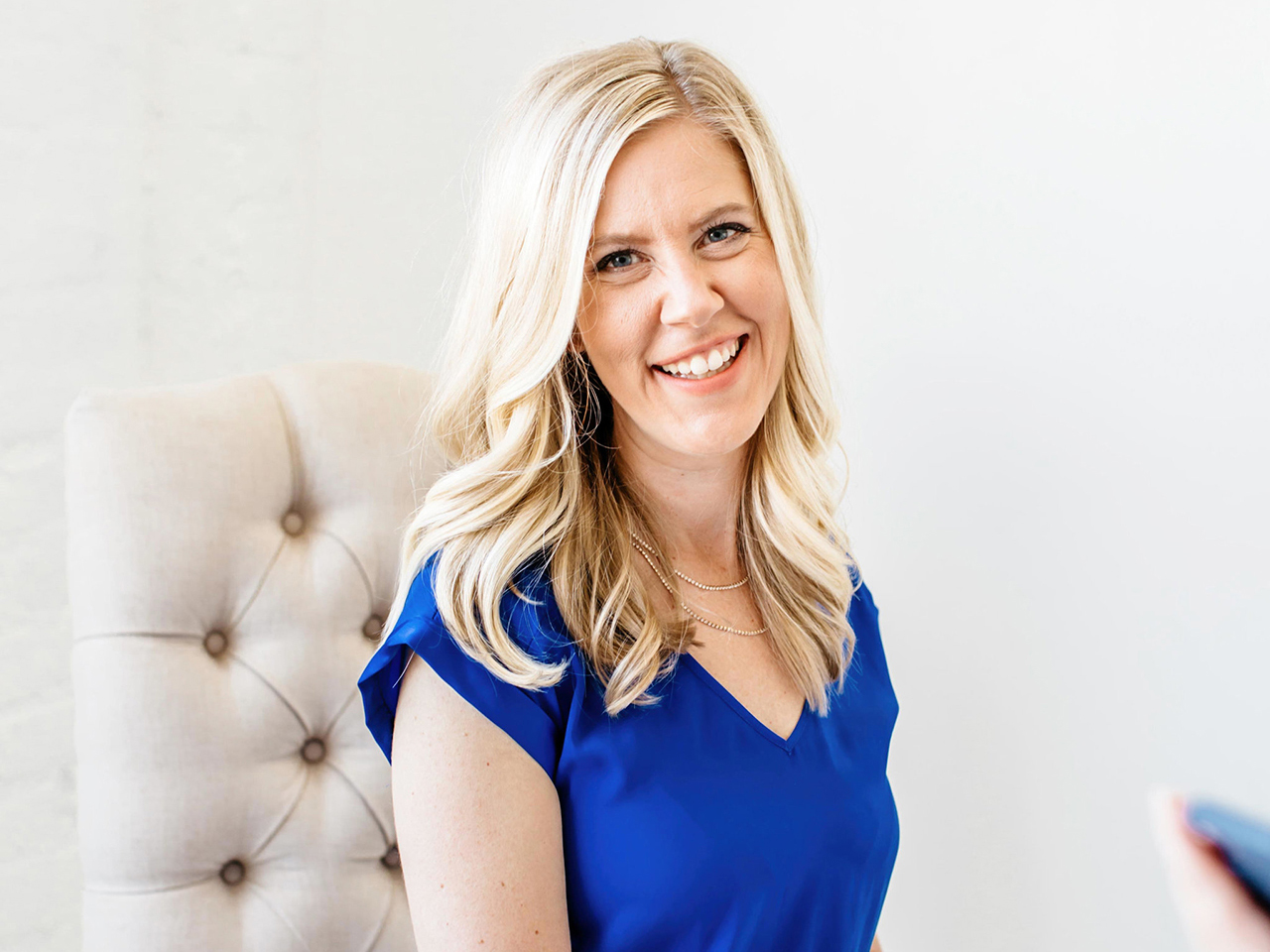
“Keep your face to the sunshine and you cannot see the shadow.” ~ Helen Keller
Everyone feels worried from time to time. You may worry about a presentation you have to do in school or work; or perhaps you worry about your spouse on a work trip, or your child away from home for the first time. Feeling worried is a normal emotion. Feeling anxious, however, is different. Maybe you have experienced both sentiments, but presumed them to be synonymous? Join the club. These two terms are often used interchangeably in casual conversation, but, in reality, they are quite different. Read on to learn the fundamental differences between worry and anxiety, if anxiety is a curable or not, and four everyday tools anyone can use to manage anxiety.
How are worry and anxiety different?
In a study where 189 university students were asked about the differences between anxiety and worry, worry and anxiety were defined very similarly. However, certain negative outcomes–like depression and confusion–were more related to anxiety than to worry, and problem solving was more related to worry than to anxiety. Other key differences include the following:
Worry…
Is experienced in the head.
Is specific.
Does not provoke mental imagery elicit a cardiovascular response.
Is accompanied by problem solving.
Creates mild emotional distress.
Is caused by a specific concern.
Is often controllable.
Is temporary.
Does not impact one’s overall functioning.
Is considered to be a normal/common emotional state.
Anxiety…
Is manifest in the body.
Is vague or general.
Provokes mental imagery and elicits a cardiovascular response.
Is not accompanied with problem solving.
Creates severe emotional distress.
Is a non-specific, broad fear.
Is difficult to control.
Lingers.
Does impact one’s overall functioning.
Is not a normal/common emotional state.
Are you beginning to see the difference between being worried and experiencing anxiety? Though there is some overlap, the two emotions are actually quite different. If I could add one more, it would be that being worried occasionally usually does not lead one to see a therapist, whereas therapy can be very helpful with prolonged anxiety.
Is anxiety a life sentence? NO!
I always tell my clients, who are battling anxiety, that what they are facing is not a life sentence! While you may feel seriously burdened by your anxiety at present, you do not need to be controlled by it. The goal of therapy is not to get rid of everything that may be causing you anxiety, but rather to give you the tools to face your anxiety and to learn from it.
Four things you can do TODAY to get relief from your anxiety:
- A deep relaxation technique. There are several options for this tool. I would recommend muscle relaxation, visualization, or meditation to start. Force yourself to slow down, take deep breaths, relax, and release some of the tension you are feeling. Here are some helpful apps: Calm; Stop, Breathe & Think; UCLA Mindful.
- 30 minutes of vigorous exercise. This suggestion may seem obvious as regular exercise is recommended to achieve optimal health. Exercising is an amazing tool in combating worry and anxiety. Exercising releases a feel-good hormone in the brain and nervous system that positively affects you physiologically–naturally combating worry and anxiety. Additionally, vigorous exercise during the day will lead to better sleep at night which has many benefits. There is great power found in exercising!
- Good nutritional habits. Similar to exercise, having a balanced diet will benefit you in many aspects of your life. When you fuel your body with a well-rounded diet to sustain yourself throughout the day, your overall health with be positively influenced. You will have more energy to deal with life’s stressors, you will be less likely to fall sick, and you will be able to think more clearly. All of these outcomes will aid you in the process of rising above worry and anxiety.
- Replacing negative self-talk with positive affirmations to counter mistaken beliefs. Self-care is a major focus with my clients, and one form of that is positive self-talk or affirmations. You are your own worst critic. When you change your self-talk from negative and degrading to supportive and loving, you will break negative patterns to see life (and yourself!) through a different lens. This is a major step in working through anxiety.
Your anxiety does not have to be a life sentence. Seek out an experienced, qualified therapist. Develop a daily practice of deep breathing/mindfulness, get up and move your body for 30 minutes a day, eat a colorful and balanced diet, and speak kindly to yourself. Implementing these four tools in tandem will yield astronomical results in combating anxiety. Let’s get started today!
References:
- Biological Psychiatry: Volume 39, Issue 4, 15 February 1996, Pages 255-266
- Bourne, Edmund J. The Anxiety & Phobia Workbook. Oakland, CA: New Harbinger Publications, 1990.
- Cluff Counseling: “#OptOutside”
- Cluff Counseling: “Choosing the Right Therapist for You”
- Cluff Counseling: “Exercise….It’s Not Just Good for the Body!”
- Cluff Counseling: “Fork Your Way Into a Healthy 2018!”
- Cluff Counseling: “Intuitive Eating: Giving Your Body What It Wants”
- Cluff Counseling: “The Key to Slowing Down in a Fast-Paced World”
- Cluff Counseling: “The Life-defining Practice of Positivity”
- Cluff Counseling: “The Positive Influence of Affirmations”
- Cluff Counseling: “Practical Ways to Practice Mental Hygiene”
- Cluff Counseling: “Sleep…It Does a Body Good!”
- Cluff Counseling: “Yoga: Changing How You See Yourself”
- Futurity: “Globally, 1 in 13 suffers from anxiety”
- Thayer, Julian F., Friedman, Bruce H., & Borkovec, Thomas D. (1996). Autonomic characteristics of generalized anxiety disorder and worry. Biological Psychiatry 39 (4), 255-266.
- Phillips, Bob. Overcoming Anxiety and Depression: Practical Tools to Help You Deal with Negative Emotions. Eugene, Oregon: Harvest House Publishers, 2007.
- Psychology Today: “10 Crucial Differences Between Worry and Anxiety”
- Zebb, B. J., & Beck, J. G. (1998). Worry Versus Anxiety: Is There Really a Difference? Behavior Modification, 22(1), 45–61.

